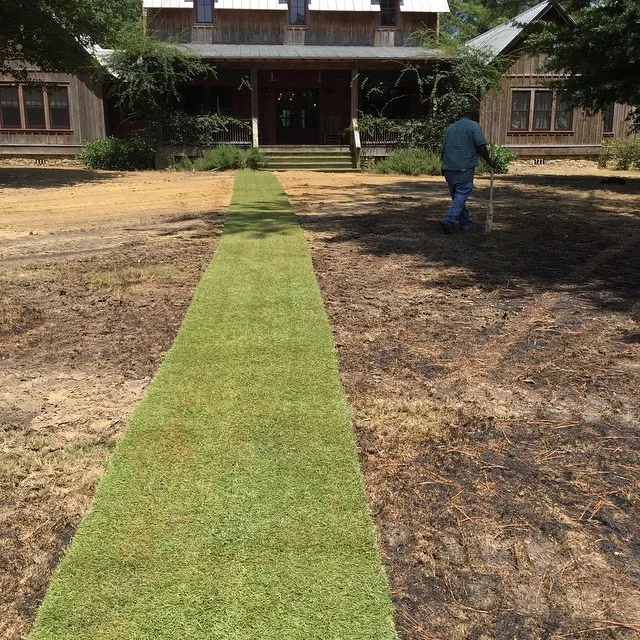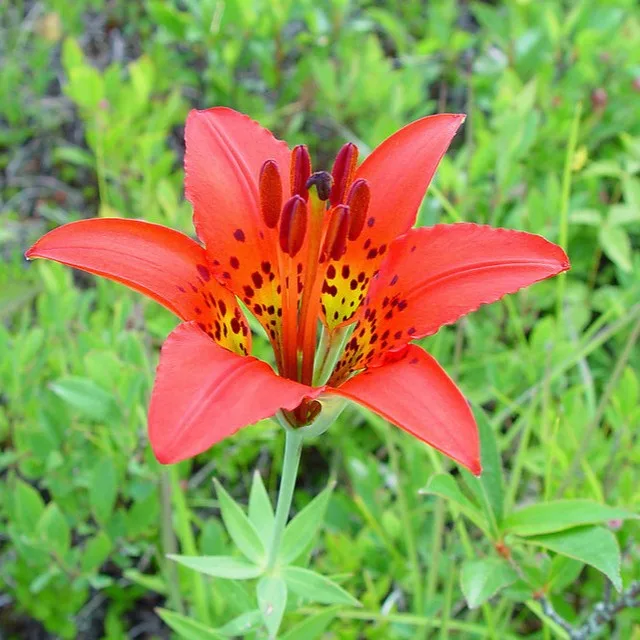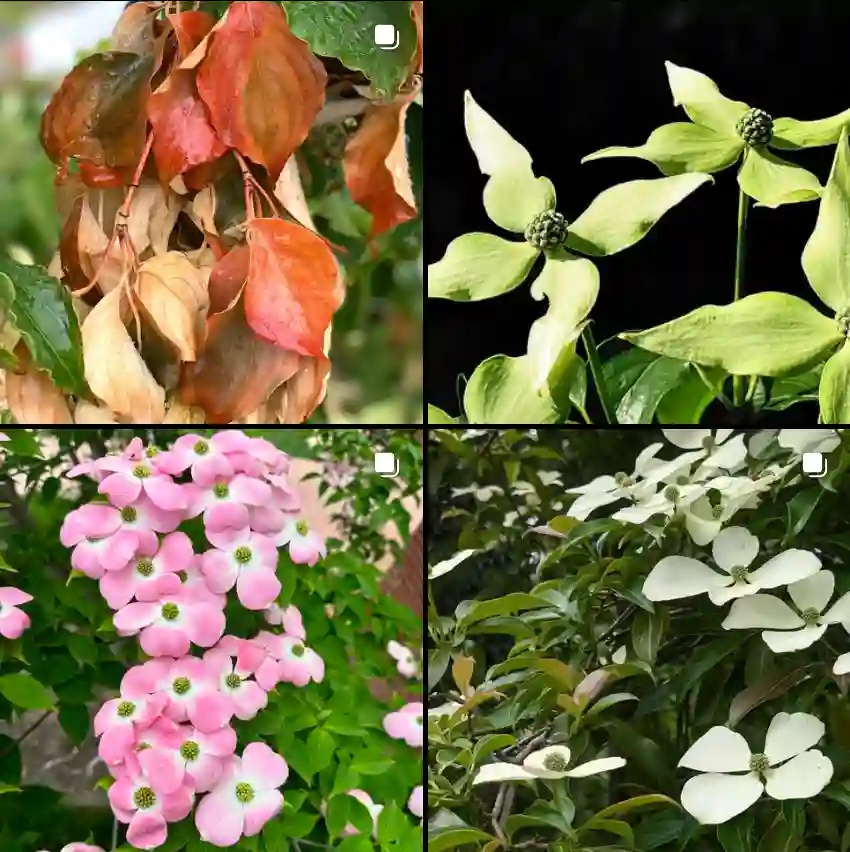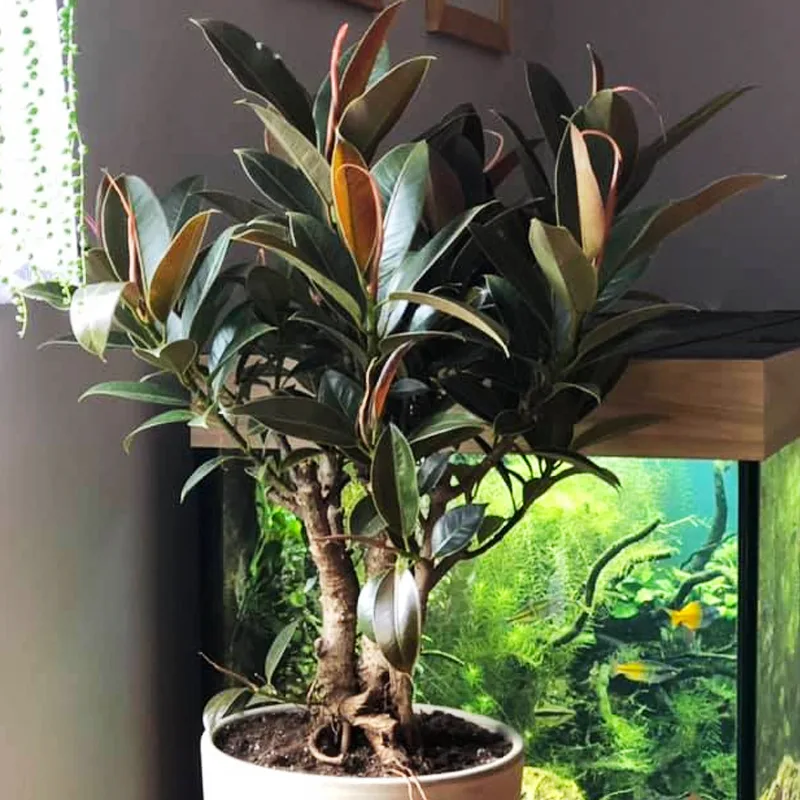Welcome, fellow plant enthusiasts! Today, we embark on a captivating journey, a “time-lapse” through the life of one of the plant kingdom’s most striking jewels: Begonia chloroneura. This article serves as your comprehensive guide to cultivating this magnificent species, intertwined with my personal 2-year odyssey of growing it from a delicate cutting to a thriving specimen. Prepare to be enchanted by its beauty and empowered with the knowledge to grow your own.
Discovering the Enigmatic Begonia Chloroneura: A Glimpse into its Origins
My fascination with Begonia chloroneura began like many, with a single captivating image online. Hailing from the Sierra Madre mountain range in Luzon, Philippines, this rhizomatous begonia is truly a sight to behold. It was first documented in the wild in 1987, quickly capturing the hearts of collectors worldwide due to its almost black foliage dramatically contrasted by vibrant, iridescent lime-green veins. The undersides and edges often reveal a subtle blush of reddish tones, adding another layer of visual complexity. The leaves themselves are distinctly asymmetrical with serrated edges, a characteristic that further enhances its unique appeal. In its natural habitat, it thrives in very humid areas, often nestled within rock crevices, a testament to its need for specific environmental conditions.
My First Encounter: Month 0 – The Humble Beginning
It was a crisp morning when my Begonia chloroneura journey truly began. I received a small, delicate cutting, barely a few inches tall, with just two nascent leaves. It felt incredibly fragile, yet held the promise of the stunning plant I had admired. My first task was to create an environment that mimicked its native, humid home. I prepared a small pot with a meticulously crafted soil mix, and the little cutting found its new temporary abode in a clear plastic propagation box to ensure maximum humidity.
Unveiling the Nuances: Begonia Chloroneura vs. Begonia Black Fang
Before diving deeper into its care, it’s worth addressing a common point of confusion: how does Begonia chloroneura differ from its equally popular cousin, Begonia ‘Black Fang’? When I first encountered B. chloroneura, I initially thought it might be the same as ‘Black Fang’, but upon closer inspection and research, the distinctions became clear.
Begonia chloroneura typically boasts a significantly darker, almost true black base color on its leaves, against which the lime-green veins appear almost fluorescent, creating a more dramatic, high-contrast effect. Its leaves are also more noticeably asymmetrical and have pronounced serrated edges. There’s often a subtle reddish hairiness on the leaf surface and stems, adding to its unique texture.
In contrast, Begonia ‘Black Fang’ generally presents a slightly less intense dark base color, and its veins, while still striking, are often a darker green, making them less prominent than those of chloroneura. The leaves of ‘Black Fang’ tend to be more symmetrical and possess a smoother texture along their margins. While both are undeniably beautiful, the rarity and more pronounced features of B. chloroneura often make it the more sought-after specimen for collectors.
Nurturing Growth: Months 1-6 – Establishing Roots and Reaching for Light
The initial months were a period of watchful waiting and meticulous care. My tiny cutting slowly, but surely, began to establish itself.
- Light: The Gentle Kiss of the Sun (or LED)Begonia chloroneura thrives in bright, indirect light. Direct sunlight is its nemesis, quickly scorching its delicate leaves. I placed my propagation box near a north-facing window, ensuring it received ample ambient light without any harsh rays. For those without ideal natural light, a grow light positioned a good distance away can provide the necessary illumination. In my experience, a light meter helped tremendously in ensuring the plant received between 1000-2000 lux. If leaves start to look faded or develop brown crispy edges, it’s often a sign of too much light. Conversely, leggy growth and dull foliage indicate insufficient light.
- Watering: The Moist Embrace Consistency is key with Begonia chloroneura. The soil needs to be kept consistently moist but never soggy. Overwatering is a swift path to root rot, the bane of many begonia growers. I learned to water thoroughly when the top inch of soil felt slightly dry to the touch, ensuring excess water drained out of the bottom of the pot. I avoided letting the plant sit in standing water. During the initial months, I used a small syringe to water precisely around the base, preventing water from pooling on the leaves, which can lead to fungal issues.
- Humidity: A Tropical Haven This is perhaps the most critical factor for B. chloroneura. Coming from a rainforest environment, it demands high humidity—ideally between 60-90%. My propagation box worked wonders initially, maintaining near-perfect conditions. As the plant grew, I transitioned it to a terrarium, which became its permanent home. For those not using a terrarium, a humidifier placed nearby is essential. Pebble trays can offer a slight boost but are often insufficient on their own for this particular begonia. Low humidity manifests as crispy leaf edges and stunted growth, a clear signal that your plant is unhappy.
- Temperature: The Perfect ClimateBegonia chloroneura prefers warm, stable temperatures, ideally between 65-80°F (18-27°C). Fluctuations can stress the plant. My home maintains a consistent indoor temperature, which worked well. It’s crucial to protect it from cold drafts, especially during winter months, as temperatures below 60°F (15°C) can cause significant damage or even death.
- Soil: The Well-Draining Foundation A well-draining, airy, and rich potting mix is vital. My preferred blend consists of equal parts peat moss or coco coir, perlite, and orchid bark, with a touch of worm castings for added nutrients. This mix provides excellent drainage while retaining enough moisture and offering good aeration for the rhizomes. A slightly acidic pH, around 6.0-6.5, is also beneficial.
- Fertilization: Nourishing Growth During the growing season (spring and summer), I began fertilizing my Begonia chloroneura monthly with a balanced liquid fertilizer diluted to half strength. Over-fertilization can burn the roots, so moderation is crucial. I stopped fertilizing during the dormant fall and winter months.
Maturity and Milestones: Months 7-18 – A Lush Tapestry Emerges
By the end of the first year, my Begonia chloroneura had transformed. It was no longer a fragile cutting but a small, lush plant with several new leaves unfurling, each one more vibrant than the last. This period marked significant growth and the emergence of its full, dramatic coloration.
- Repotting: A New Home Around month 8, I noticed the roots were beginning to fill its small pot, indicating it was time for a slightly larger home. I gently transferred it to a pot only one size up, ensuring not to disturb the roots too much. Repotting is best done every 1-2 years or when the plant becomes root-bound, always into a pot with good drainage holes.
- Flowering: A Delicate Surprise To my delight, around the 1-year mark, small white flowers, often tinged with pink and sometimes faint red lines, began to emerge on slender stalks above the foliage. While Begonia chloroneura is primarily grown for its stunning leaves, the flowers are a beautiful bonus. These plants produce both male and female flowers on the same plant, with bright yellow stamens and pistils. The flowering period can occur throughout the year under optimal conditions.
Propagation: Sharing the Beauty
As my plant grew, I considered propagating it to share its beauty. Begonia chloroneura can be propagated through leaf cuttings or rhizome division, both relatively straightforward methods.
- Leaf Cuttings: I selected a healthy, mature leaf and cut it into sections, ensuring each section included a major vein. These were then laid on a moist, well-draining potting mix in a propagation tray and covered to maintain high humidity. New growth typically emerges from the veins after several weeks to a few months, a testament to patience.
- Rhizome Division: This method involves carefully dividing the rhizome (the thick, horizontal stem from which new growth emerges) with a sterilized knife, ensuring each section has at least one growing eye or node. Each division is then planted in its own pot. This method often yields faster results as the divisions are already more established.
Overcoming Challenges: Common Problems and Solutions
Even with meticulous care, Begonia chloroneura can present a few challenges. My 2-year journey wasn’t without its minor setbacks, mostly related to environmental adjustments.
- Yellowing Leaves: Often a sign of overwatering or inadequate drainage. I checked my watering schedule and ensured the soil wasn’t staying soggy. It can also indicate a nutrient deficiency, so I made sure my fertilization routine was consistent.
- Crispy, Brown Leaf Edges: Almost always a humidity issue. If the humidity dips too low, the delicate leaf edges will dry out. I found that my terrarium largely eliminated this problem, but when I briefly moved the plant out for observation, this was the first sign of distress. Too much direct sun can also cause this.
- Powdery Mildew: This white, powdery film on leaves is a fungal issue often caused by poor air circulation combined with high humidity. Ensuring good airflow within the terrarium (I used a small computer fan on a timer for a few hours a day) and avoiding water on the leaves helped prevent this. If it occurred, a diluted neem oil solution could be applied.
- Pests (Spider Mites, Mealybugs, Aphids): While I didn’t personally encounter significant pest issues with my Begonia chloroneura thanks to regular inspection, these are common begonia pests. Mottled leaves, webbing, or sticky residue are signs. Isolated infestations can be treated with rubbing alcohol on a cotton swab, while more widespread issues may require insecticidal soap or neem oil. Good air circulation and proper plant hygiene are the best preventative measures.
- Wilting/Drooping: Can be caused by both overwatering (leading to root rot) and underwatering. The key is to feel the soil; if it’s bone dry, it needs water; if it’s soggy, it needs to dry out.
Year 2 and Beyond: A Thriving Masterpiece
As I write this, my Begonia chloroneura is a magnificent specimen, a testament to consistent care and patience. The rhizomes have expanded, producing a dense cluster of its signature dark, lime-veined leaves. It continues to surprise me with occasional white blooms, a gentle reminder of its delicate side. It fills its terrarium with a vibrant, almost ethereal presence, a true centerpiece in my plant collection.
This journey has taught me that while Begonia chloroneura is often labeled as a “demanding” plant, its needs are specific rather than overly complicated. Once its ideal conditions are met—bright, indirect light, consistent moisture, very high humidity, and stable warm temperatures—it truly thrives, rewarding the dedicated gardener with its unparalleled beauty.
For any plant enthusiast looking for a rewarding challenge and a truly unique botanical gem, I wholeheartedly recommend adding Begonia chloroneura to your collection. Its captivating foliage and the sheer joy of watching it unfurl new, perfectly formed leaves make every effort worthwhile. Embrace the “time-lapse” of its growth, and you too will discover the magic of this emerald-veined wonder.
If i die, water my plants!



